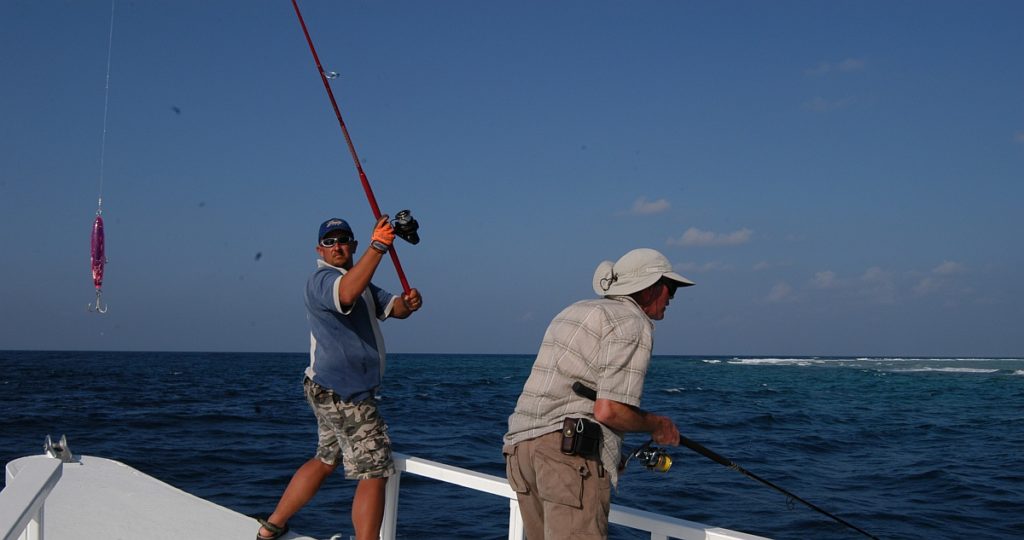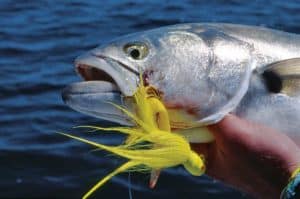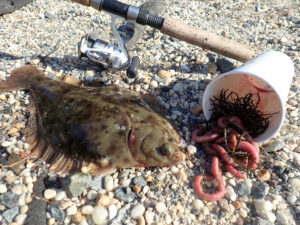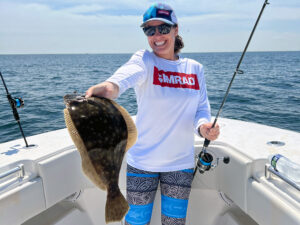About the Author: Dave Lewis custom-builds trips for groups of United Kingdom angling enthusiasts and leads them on adventures all over the planet via Dave Lewis Worldwide Fishing. When he isn’t traveling, he resides in Wales. Also a contributor to Sport Fishing, Lewis offers in successive captions some tips to help make readers more proficient in his favorite fishing of all: throwing big poppers to big fish.
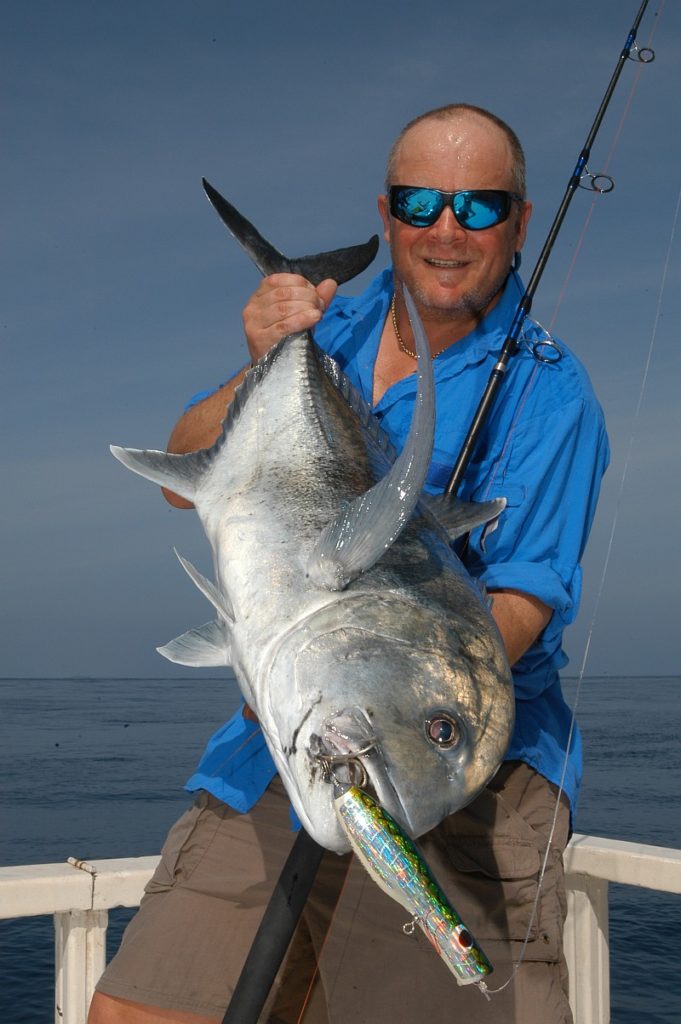
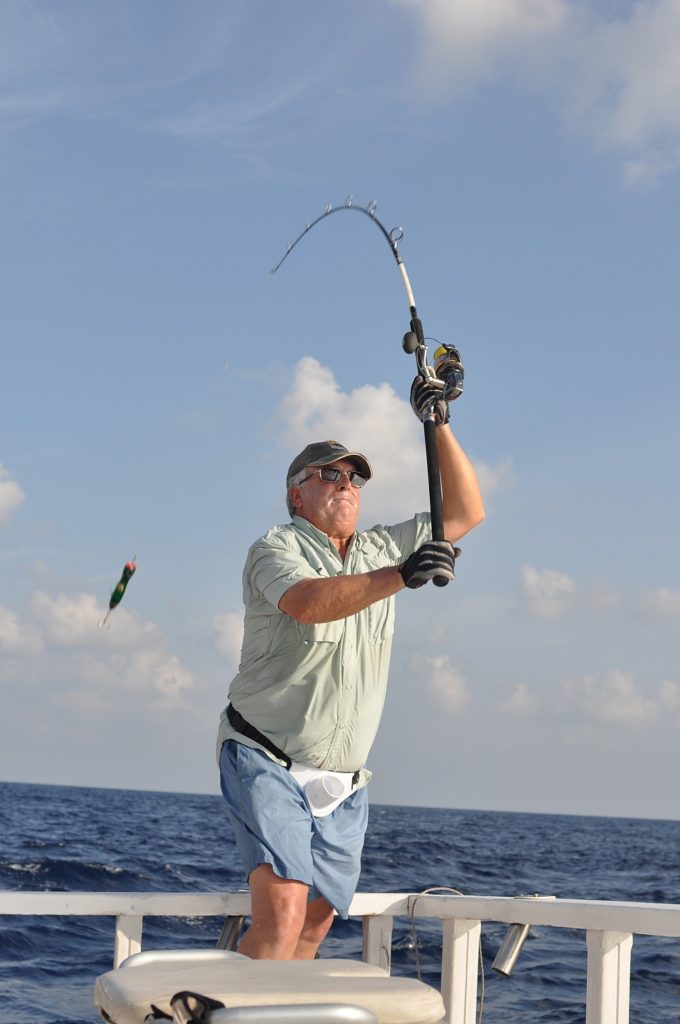
Safety, Safety, Safety!
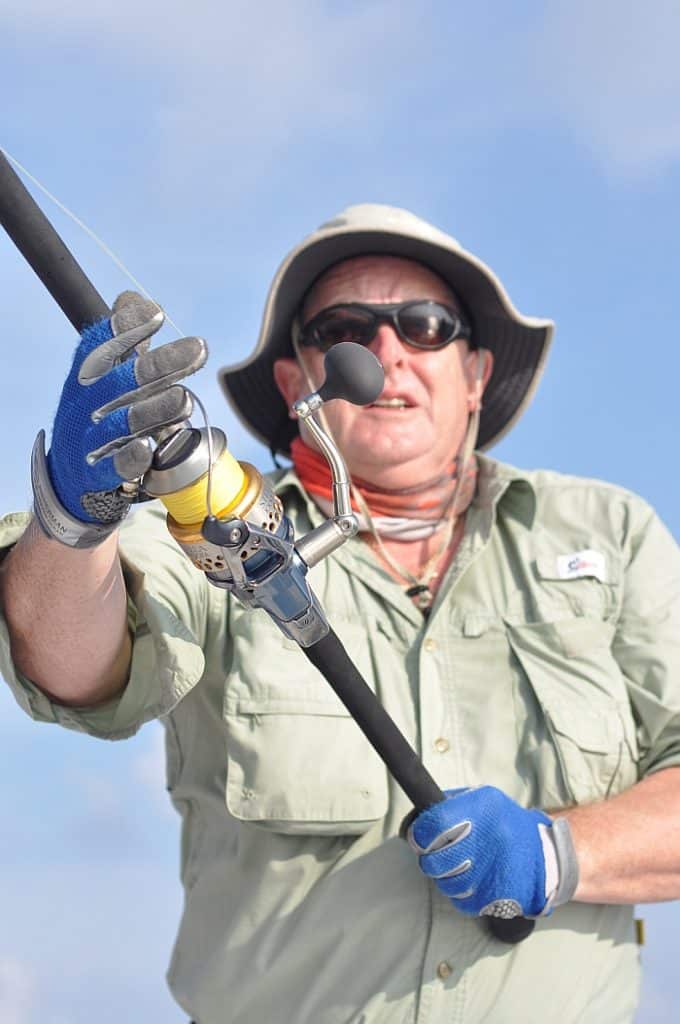
Put on the Gloves
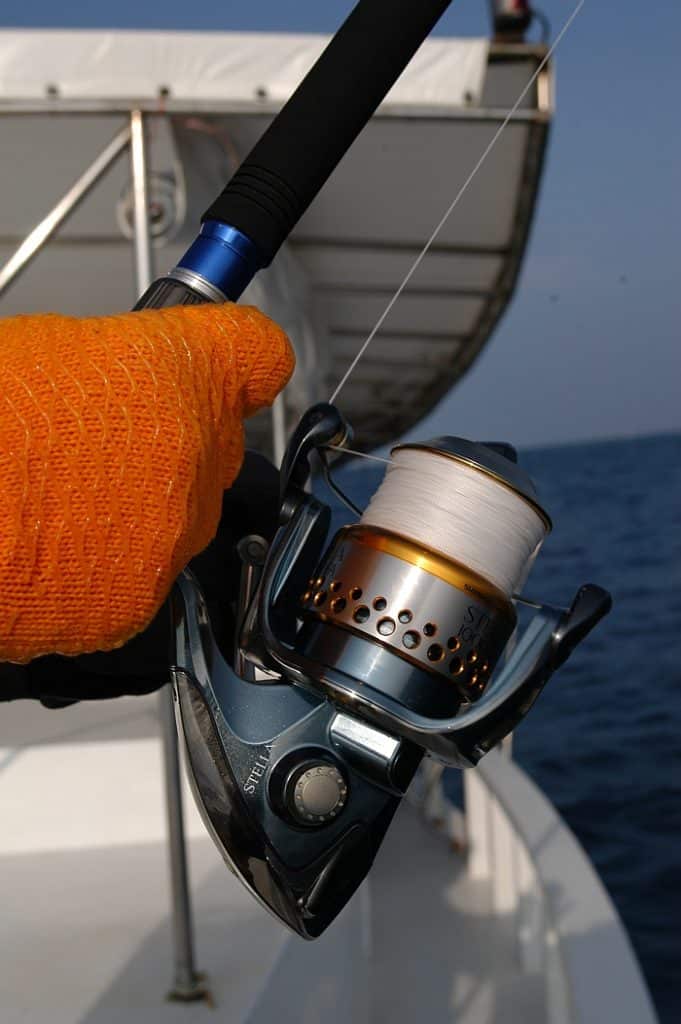
Put on the Gloves
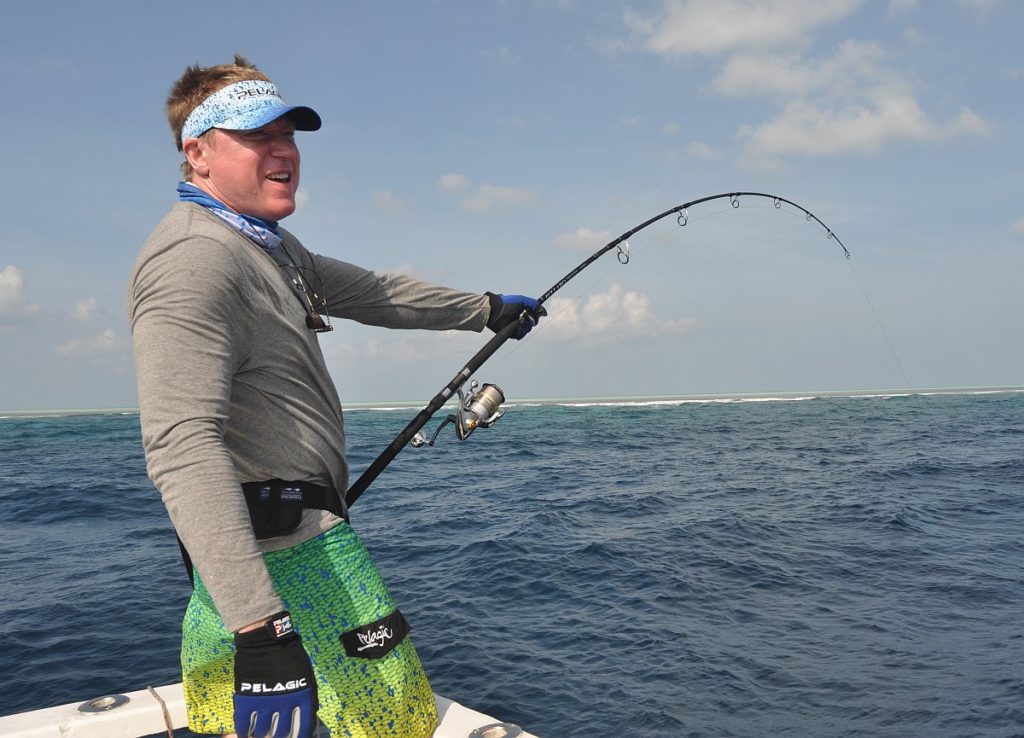
Protect Your Vitals
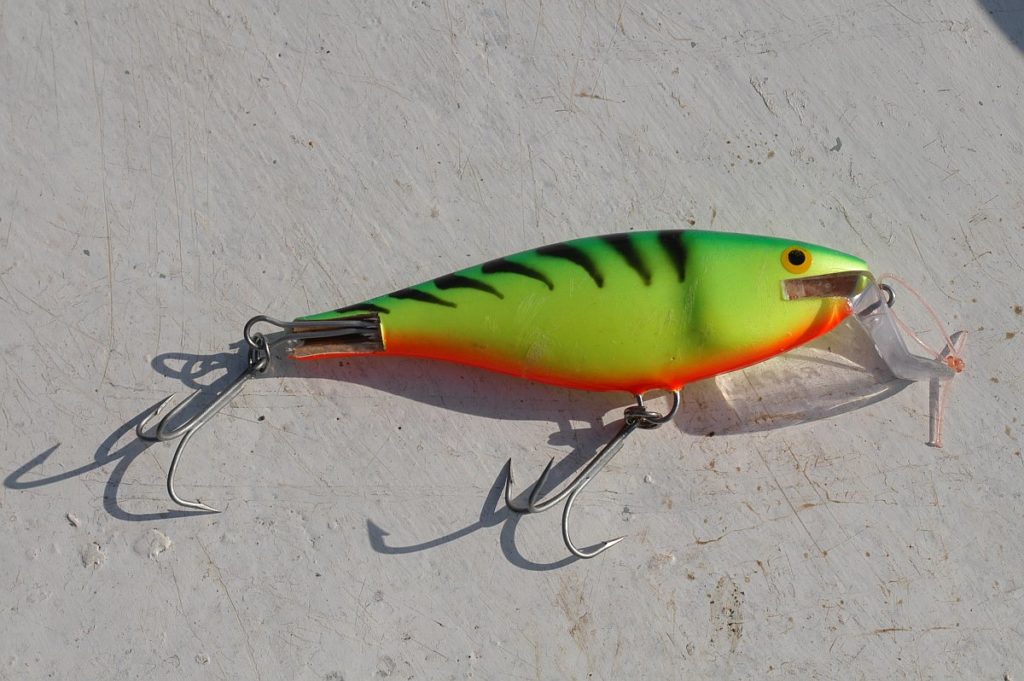
Why I recommend changing out the hardware on most lures before fishing.
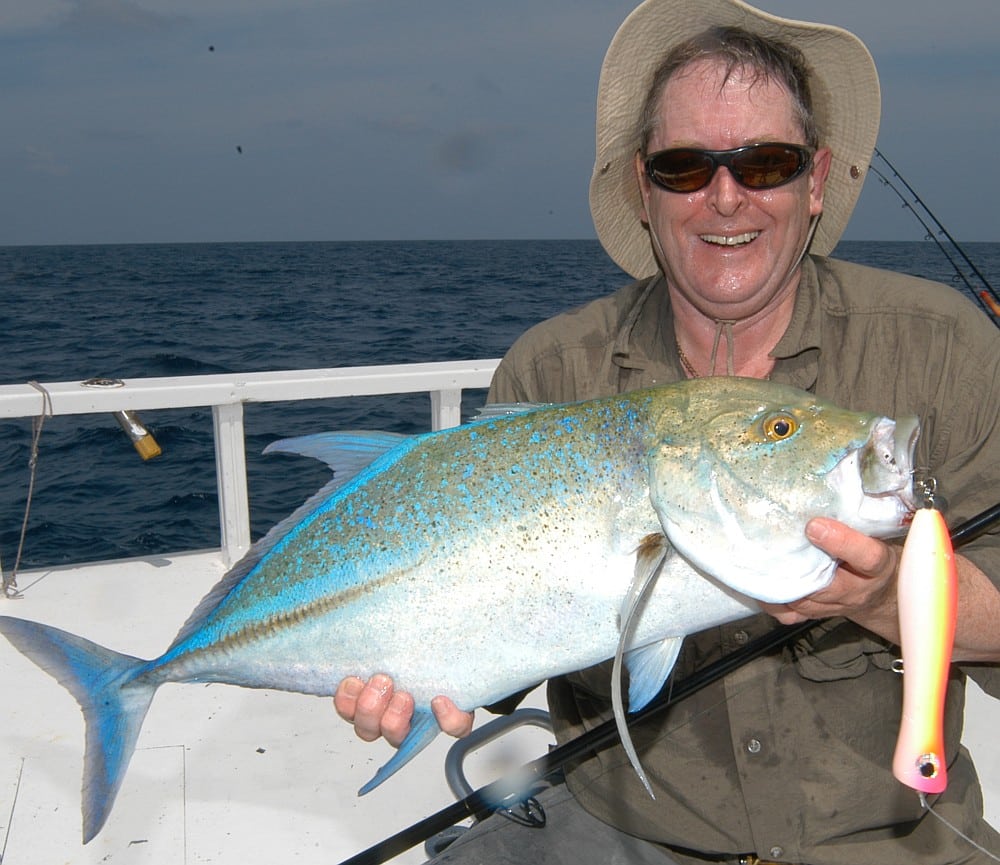
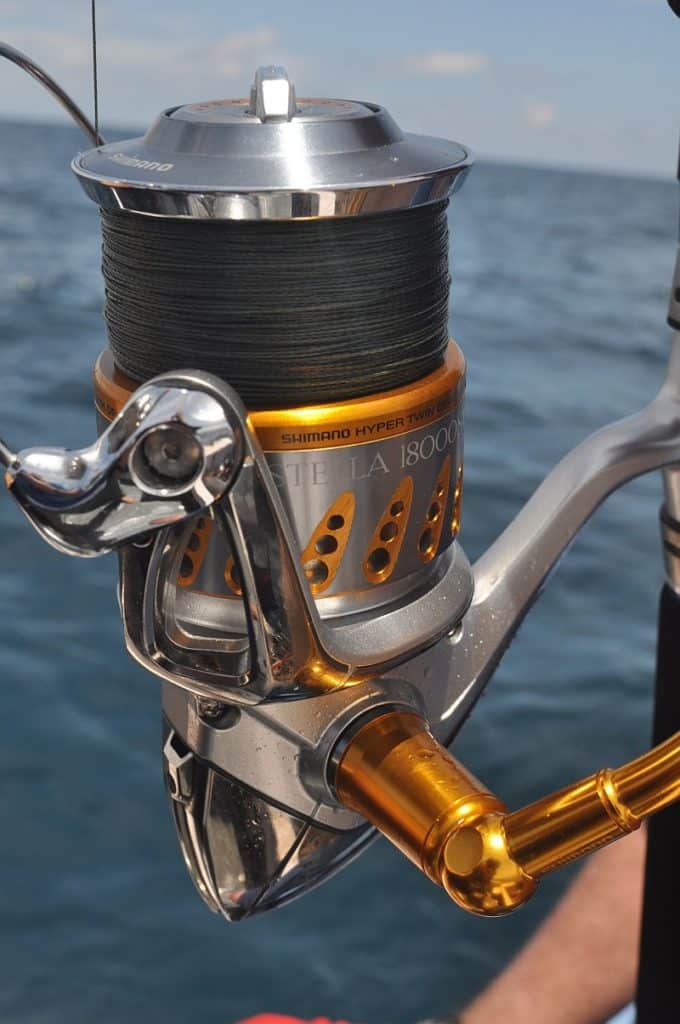
Keep an Eye on Your Line
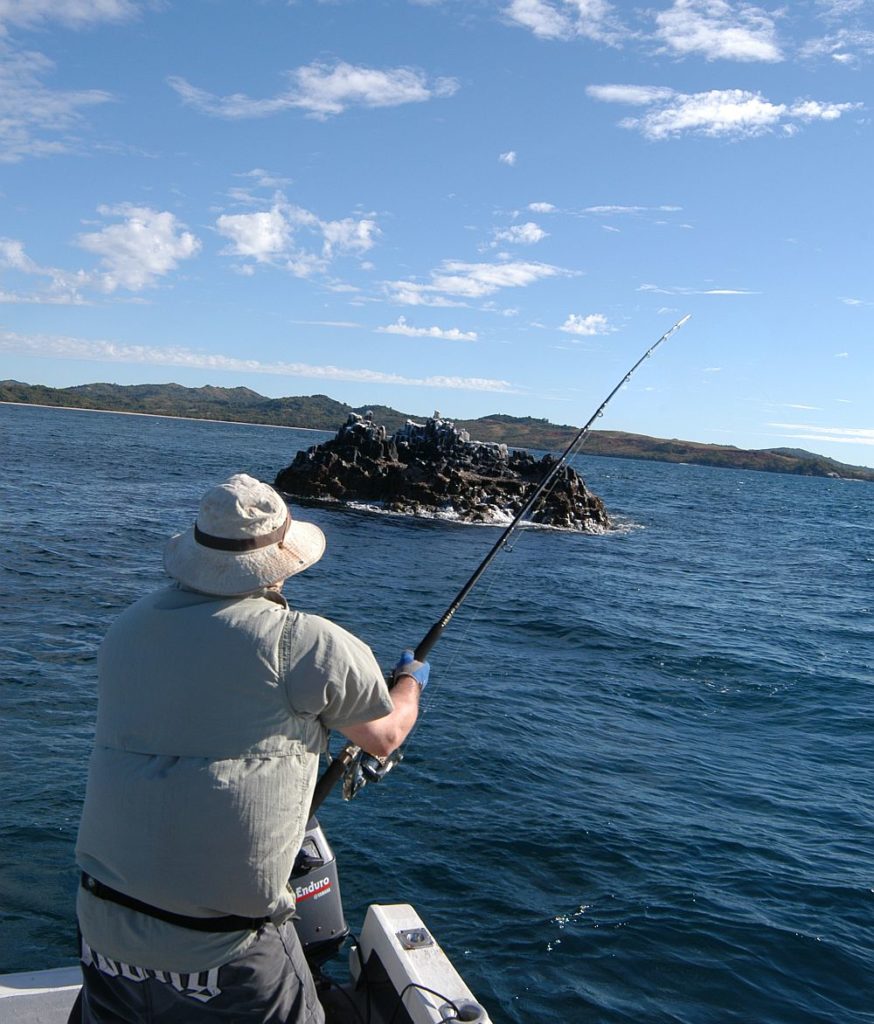
What’s Behind You?
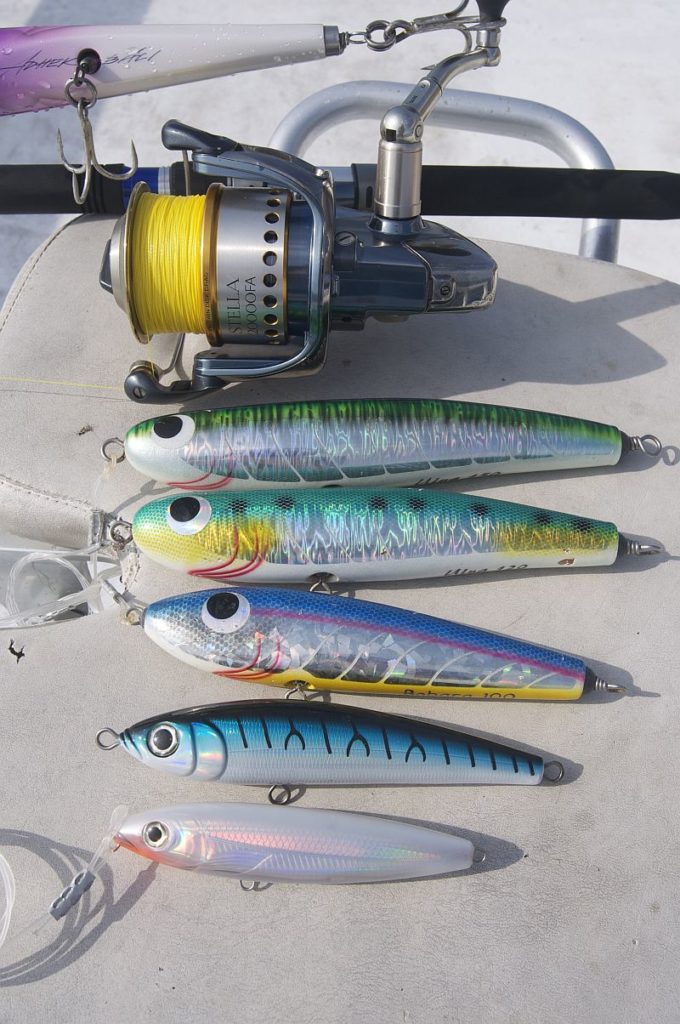
Color My World — Or Not
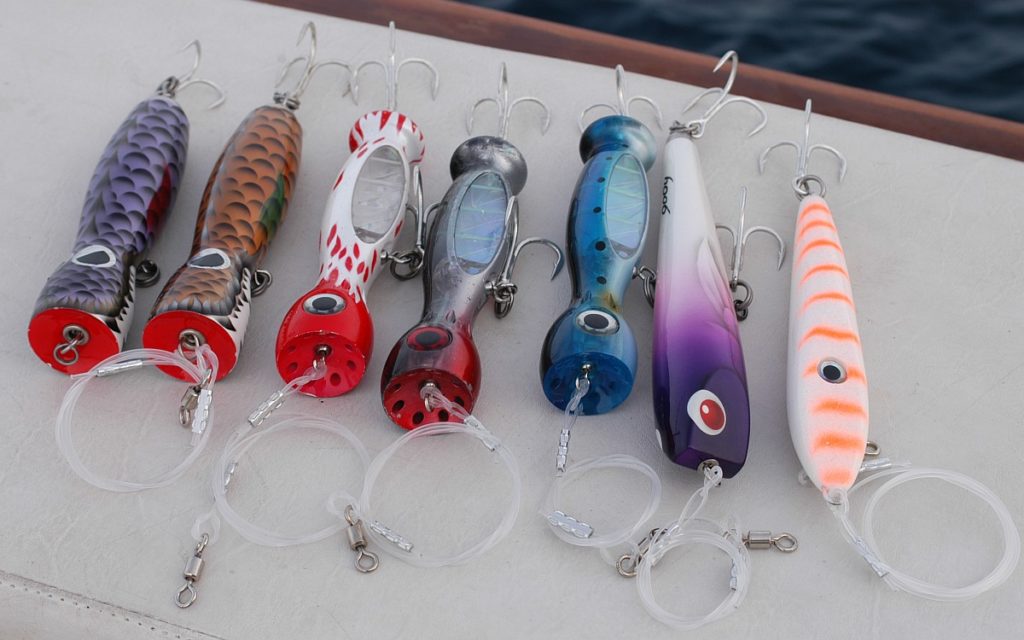
Pre-Rigged and Ready
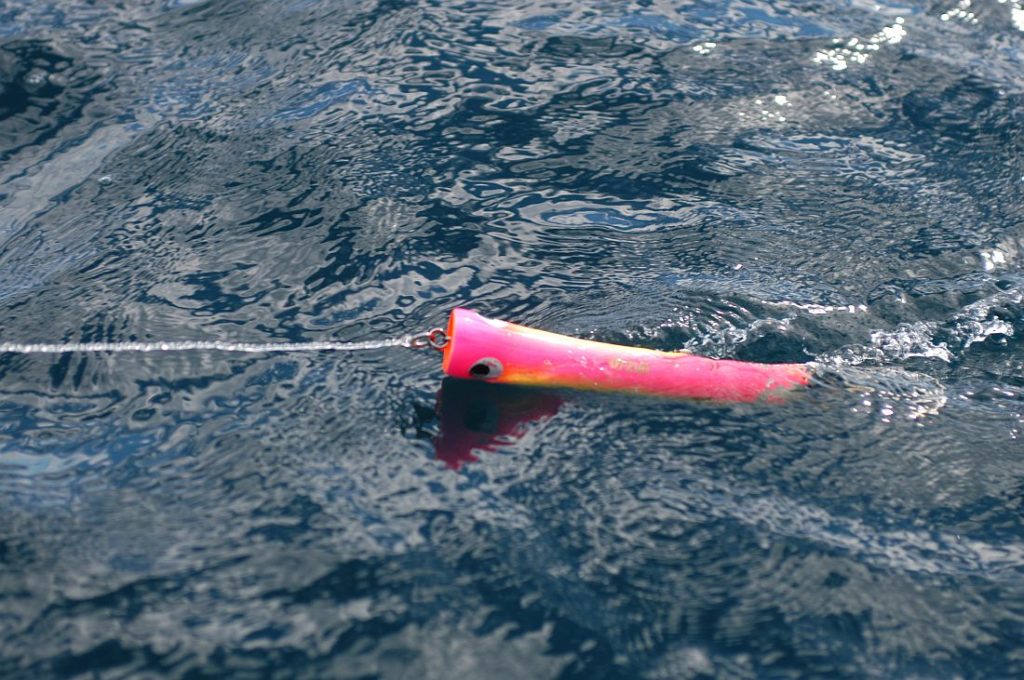
Stop That Popper!
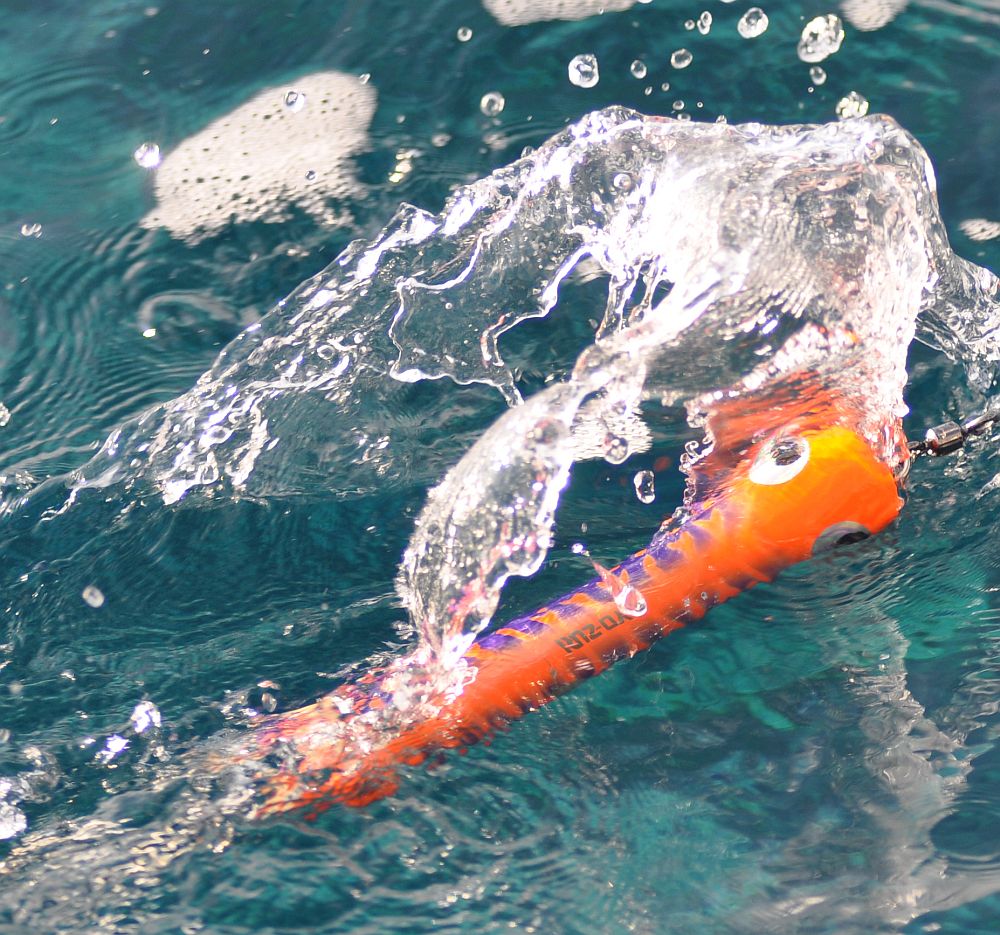
Change It Up
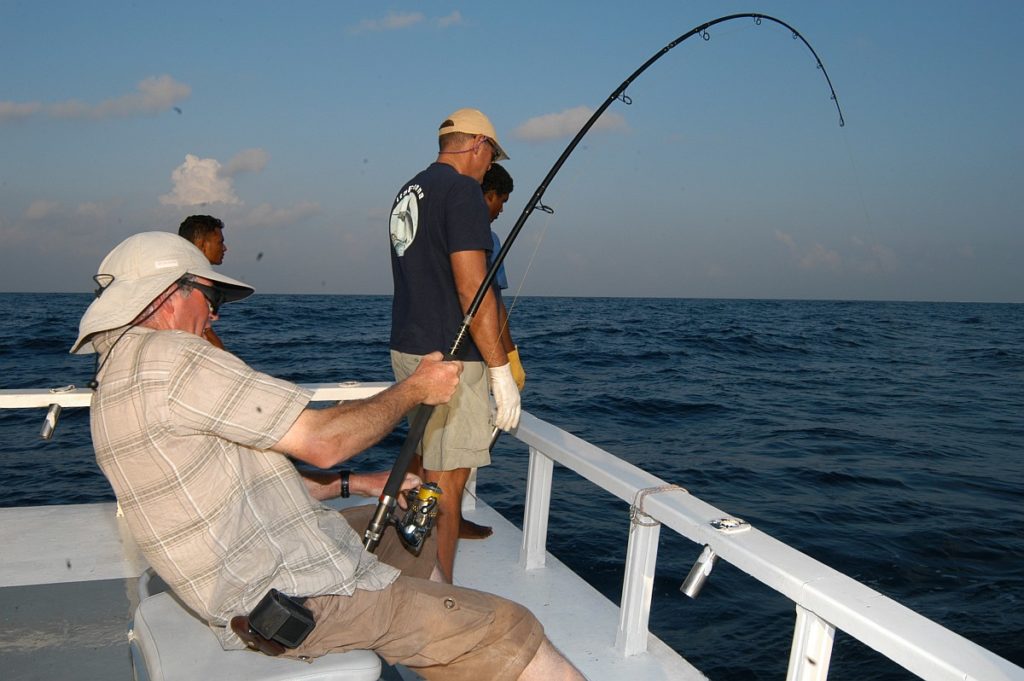
Watch That High-Stick!
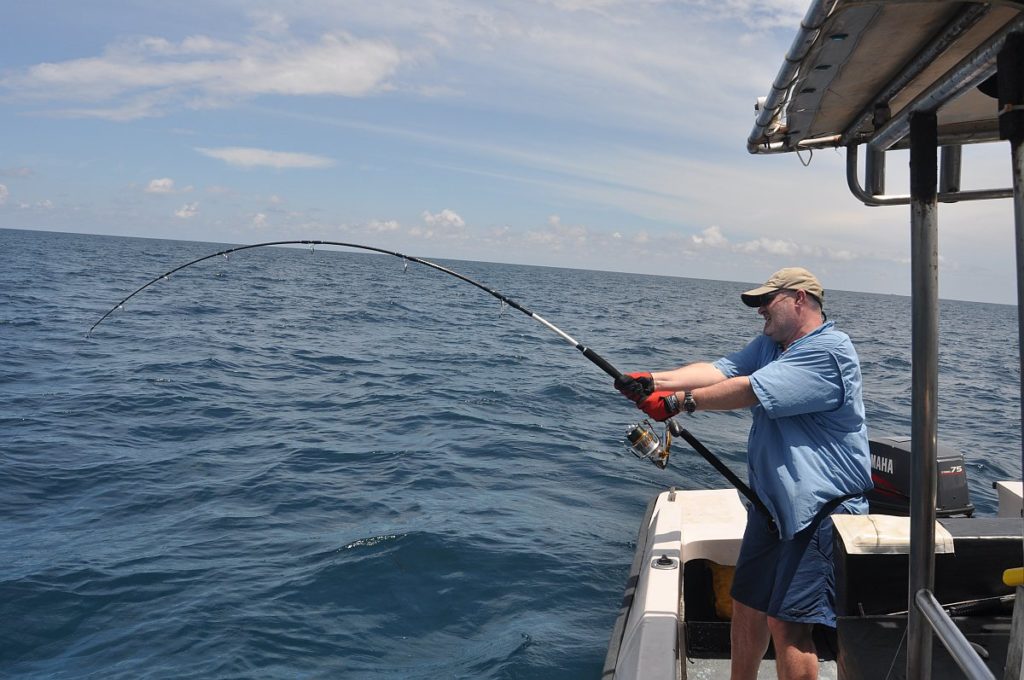
You’ve Got a High-Quality Drag: Use It!
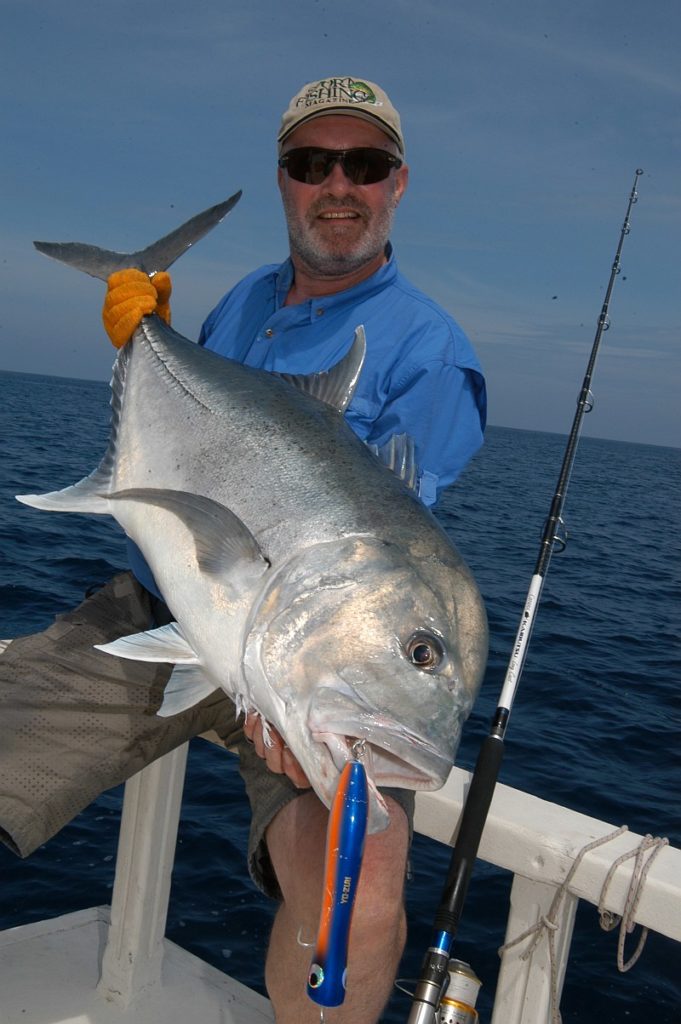
Watch Those Hooks!
